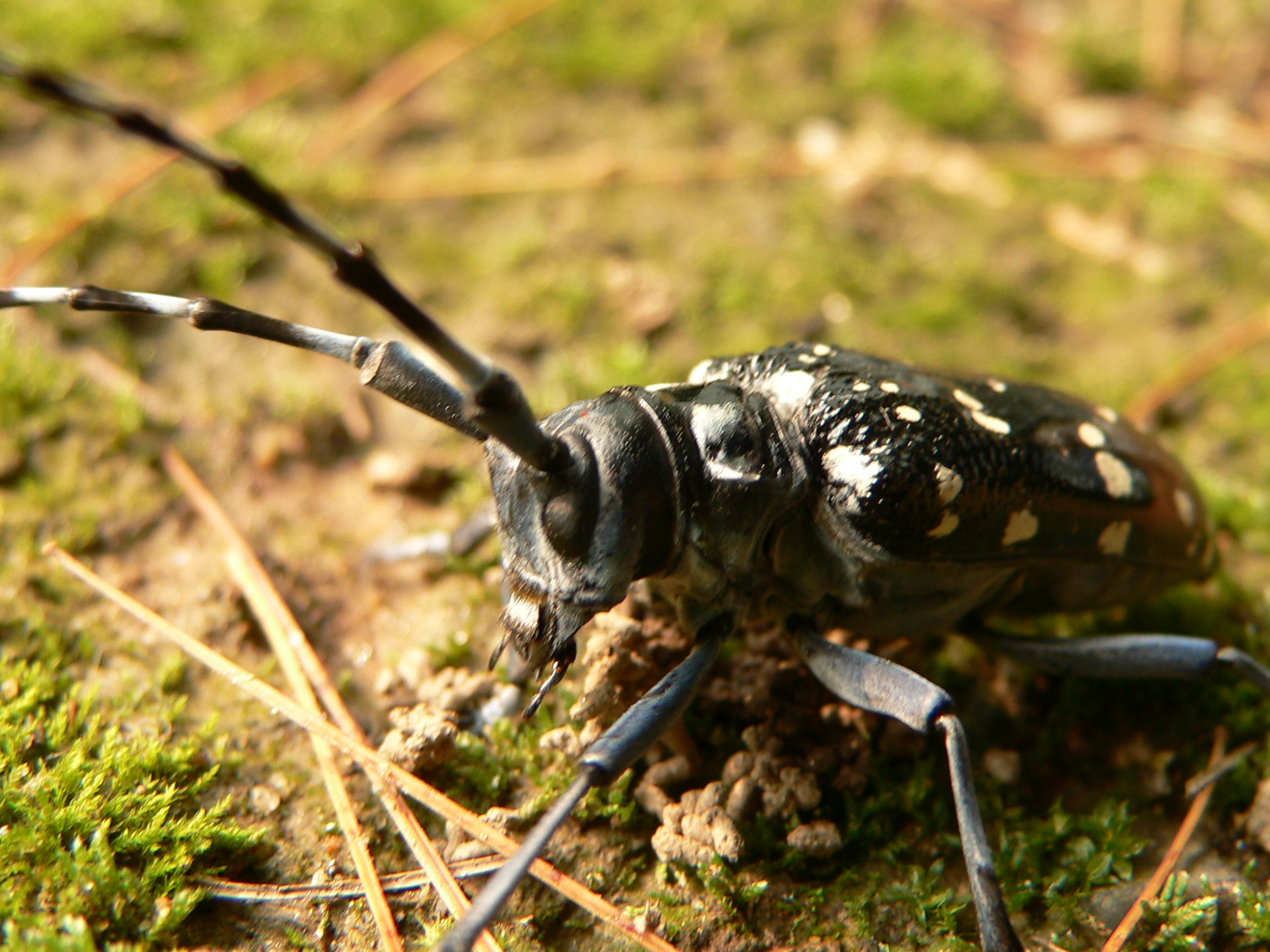Find out the latest in Forest News!
An initiative backed by a coalition of California’s flagship universities proposes to fund “basic- and applied-research projects designed to help the state to grapple with the hard realities of global warming.” While not given the full go-ahead yet, reports say that Governor Jerry Brown is receptive to the idea. The hope is that their programs and research can have a cascading effect across the rest of the nation.
Montana nature reserve buys 46,000-acre ranch, advances goal of establishing wildlife park — Billings Gazette
A nature reserve in central Montana has the goal of creating a wildlife park the size of Connecticut, and recently bought a 46,000 acre ranch in pursuance of that goal. Now totaling nearly 400,000 acres, the reserve plans to provide habitat for more than 10,000 buffalo within a decade. Nature reserves are some of the last bastions for wildlife in North America, providing much needed safety from human encroachment.
Rio Didn’t Plant the 24 Million Trees Promised to Offset Olympic Environmental Impacts — The Weather Channel
Much ado was made about the “Seeds of Hope,” Brazil’s effort to offset the environmental impacts of hosting the 2016 Olympic Games. Eleven thousand athletes proceeded with seeds of Brazilian trees in a symbolic representation of the 24 million trees that would eventually be planted. As yet, those 24 million trees are still only symbolic, and, on top of that, many of the 12,000 trees already planted in Olympic Park for the games are already dying from lack of care.
Roughly 2.2 million acres of Canadian forests have burned this fire season, sending smoke into the Arctic. “Never mind the upcoming total solar eclipse — in some places, the smoke is so thick it could turn day into night,” says Mike Fromm from the U.S. Naval Research Laboratory. NASA claims that the smoke has set a record for its thickness.
Konrad Tomaszewski, chief forester of Poland, called the storms “undoubtedly the worst disaster in the history of Polish – and perhaps even European – forestry.” These are not the forests that Poland has recently been criticized by the EU for planning to log them. The future of Poland’s forests looks pretty grim.
Thought the emerald ash borer was bad? Meet this lurking menace — The Indianapolis Star
The Asian long-horned beetle is closing in on Indiana, having already killed thousands of trees in Chicago and Cincinnati. Projects are such that the beetle could potentially wipe out as much as 20 percent of Indianapolis’ urban forests, given that the beetle targets elms, ash and maple. “One guy with the wrong firewood can move it anywhere in the state or the country,” says Megan Abraham.
